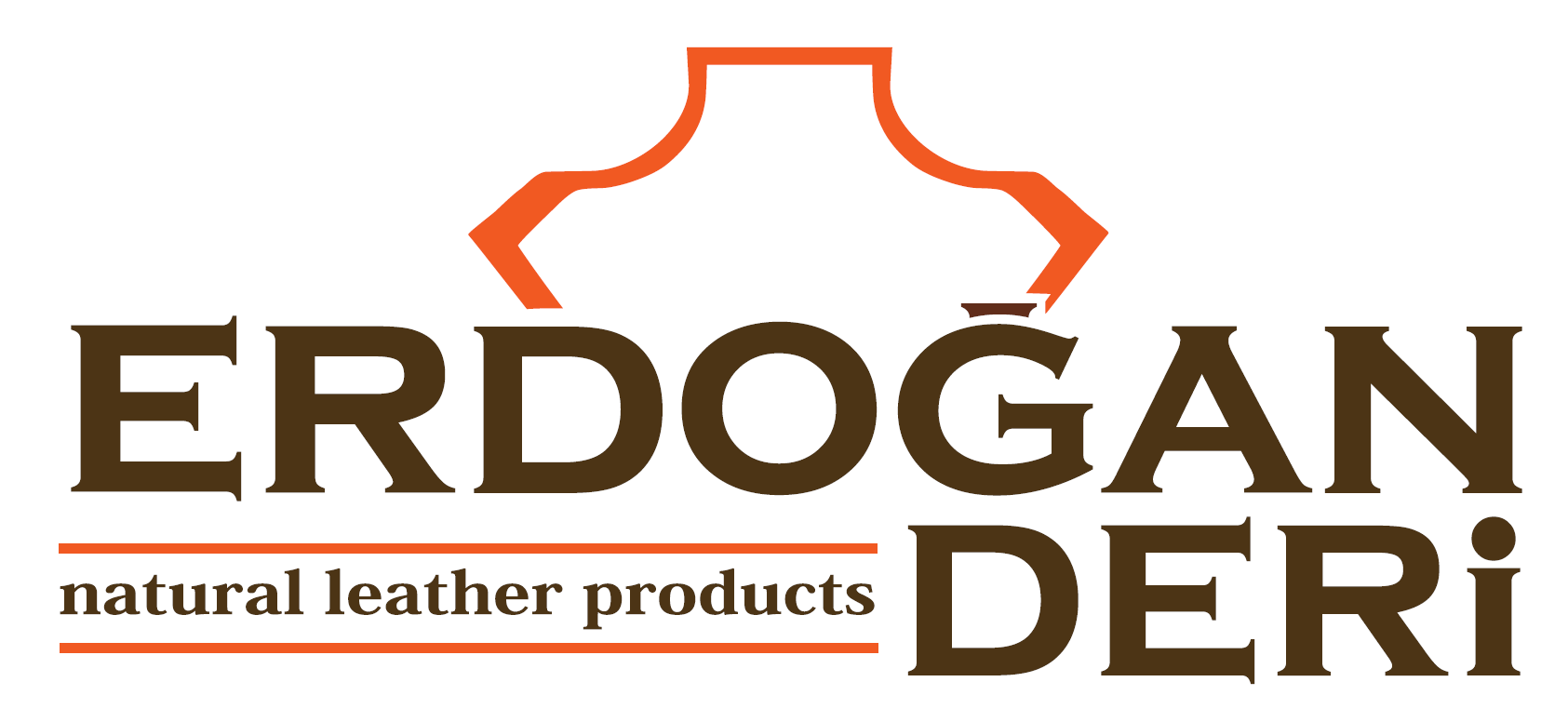
28 Dec Leather Tannery: The Tanning Process Explained
Any good leather starts their journey with tanning. After the hides are removed from the beamhouse and thoroughly cleaned of debris, blood, salt, and hair, leather tanning is the first step in the production of leather. A hide or skin needs to be processed before being used for a leather product. This process is called tanning. The chemical composition of the leather fibers is altered during tanning, which makes it harder for bacterial and fungal enzymes to break them down and increases the durability of the leather.
Let’s have a look at the tannery process closer.

What is Leather Tannery?
The best possible preservation of the animal skin is the primary goal of the leather tannery process.
The process provides effective results via leather tannery benefits by making the animal hides more durable against bacteria, wear, and tear. By altering the protein structure of the animal’s skin, tanning is used to treat animal skin to make it more resistant to potentially harmful chemicals or bacteria. The process successfully transforms leather into a more durable and resilient form, and the tanning procedure also makes it possible for a simple coloring treatment.
Leather Tanning Processes
The tanning process requires experts and leather tannery equipment to start a leather tannery company and the process.
- Pre-tannery: In order to expel salts used in leather preservation, the leather may be soaked when it arrives at the tannery. This is carried out in rotating drums that have a capacity of 200 hides.
- Liming: The process of softening and enhancing the hide to give it the softness and flexibility required for upholstery leather involves removing the hair and epidermis and applying a leather tanning chemicals solution of lime (calcium hydroxide) and sodium sulfide.
- Splitting: The hide is divided into layers. Fine, smooth-grain leather will result from the top, or grain, layer. Suede or split leather is used on the bottom for other purposes.
- Tanning: The pre-tanned hide is turned into the leather using this process. The hide is penetrated fairly quickly (within 24 to 48 hours). A fine, soft, modern finish is produced after processing the resultant pale duck-egg blue. Other methods combine vegetables with syntans and polymers as a substitute for chromium tanning when it is not possible.
The following additional types of leather tanning techniques are.
- Tanning only with plants.
- Synthetic tanning.
- Tannin with oil.
- Tanning in combination.
- Selecting
Excess water is drained from the hide after tanning. The quantity and distribution of natural features and flaws are then used to assign grades to hides. The highest caliber hides are required for aniline and nubuck leathers. Less desirable hides may be used for leather that has been heavily coated or embossed.
- Dressing.
In order to dress the hides, you must:
- Give uniform thickness to hides through shaving.
- Leather is colored by adding dyes during the dying process.
- Re-tanning: When tailoring the physical properties of the leather to a specific use, additional tanning agents may be added.
- Setting is a process that mechanically takes out wrinkles and extra water.
- The hides are either vacuum dried or stretched-dried on big frames.
- Trimming- The jagged and rough edges are taken off.
- Done
These are the goals of finishing, and these are applied;
- to reduce the appearance of grain imperfections without sacrificing the leather product’s inherent beauty.
- to impart the necessary amount of gloss.
- to guarantee that the leather is flexible, moldable, and soft.
- a more protective surface to provide.
- the creation of a sanitizable surface
- to create a unique effect, like an antique appearance.
Leather Companies
Turkey ranks among the top nations in the world among other leather tannery UK, and Europe businesses, for the production of goods made of high-quality leather today. Naturally, there are countless leather tannery businesses in Turkey similar to businesses dealing with leather tannery in the USA where the tanning process is also quite popular. As one of them, Erdogan Deri is ready to guide you on your journey to find the best leather products.
Leather tannery price lists vary depending on what tanning process is picked and the volume of leather that needs to be tanned and of course the country. Once you decide on what leather product you would like to get, experts at Erdogan Deri will be happy to guide you on the process and the pricing.
Start exploring premium quality leather goods manufactured by Erdogan Deri now!
FAQ
What does a leather tannery do?
Tanneries process the animal skin. Those animal skins and hides are subjected to a process called tanning in order to create leather. The place where the skins are processed is a tannery.
How many leather tannery companies in Turkey?
According to the Tannery Magazine, Turkey’s leather industry registered 23,204 companies in the footwear industry (arguably the top), clothing and harness, and a small number of tanneries as of 2016.
What are the tanning processes?
Pre-tanned, tanned, selecting, trimming, and the final stage. Each of these processes is complex and requires several steps. Below is an overview of some of the highlights in each step.
What is leather tanning?
Leather tanning is the process of treating animal hides or skins to transform them into durable and flexible leather.
Contact now for more detail.
